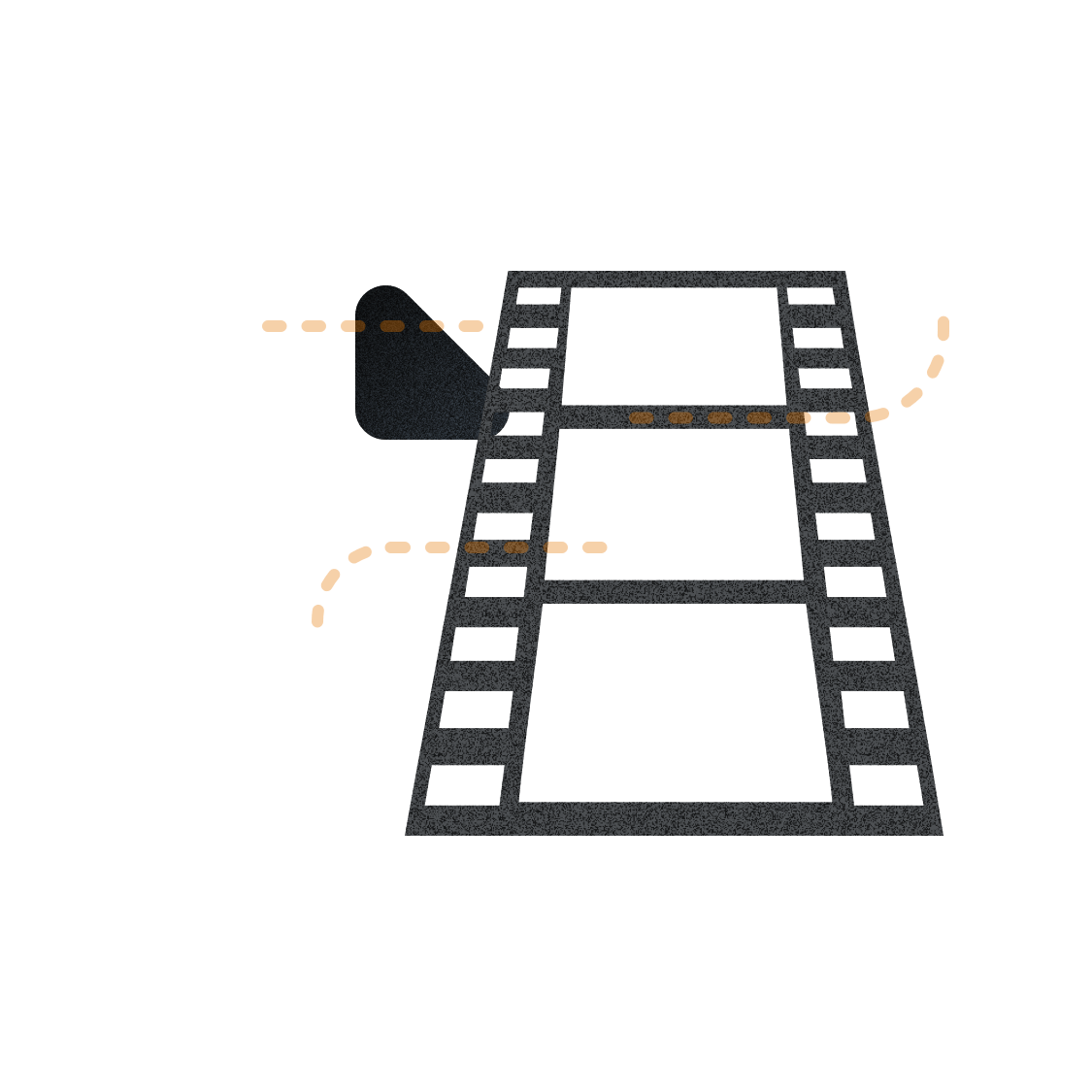
The Sky at Night 2017
2017-01-08 | Documentary,News | 10 episodes28 Seasons
Episode
Guide to the Galaxy (2017)
All good travel guides need a map, and the team unveil the most detailed 3D map of the Milky Way ever produced. A map that reveals that there may be 50 per cent more stars in the galaxy than we previously thought. American astronomer Neil deGrasse Tyson gives us a guided tour of the strangest stars we have ever observed, and we discover that the Milky Way may already be colliding with our neighbouring galaxy, Andromeda.

Telescope Takeover (2017)
The team travel to the island of La Palma in the Canary Islands where they take control of some of the world's largest telescopes to view the most spectacular sights in the night sky.

60th Anniversary Special (2017)
When the first episode of The Sky at Night was transmitted in April 1957, it was still thought that Mars could be home to advanced life, the Space Age was yet to begin, and the Big Bang was just a controversial theory. So to celebrate its 60th anniversary, this special programme looks at how our knowledge of the universe has been transformed in the last six decades - from the exploration of the solar system to the detection of black holes and planets orbiting distant stars. Featuring contributions from Jim Al-Khalili, Dallas Campbell and Monica Grady and including special birthday messages from a host of stars, this is a celebration of an extraordinary age of discovery, and The Sky at Night's role in covering it.

Inside God's Observatory (2017)
This edition comes from the heart of one of the most influential - and surprising - organisations in the history of astronomy. Maggie and Chris have been granted rare access to the Vatican and its little-known observatory, the Specola Vaticana, perched on a hilltop 30km outside Rome. -- There they explore its rich history and contemporary cutting-edge science, going inside the Vatican walls to visit the Tower of the Winds, a secret antique sundial that revolutionised the length of the year; the remains of a nest of telescopes atop an old medieval church where the science of spectroscopy was born; and the modern labs, manned by priest scientists who study a range of contemporary astronomical problems, from meteorites to binary stars to the birth of the universe itself.

Into the Dark Zone (2017)
The team looks at the trans-Neptunian objects - a vast number of strange, dark, icy worlds - which played a crucial role in the evolution of our solar system.
